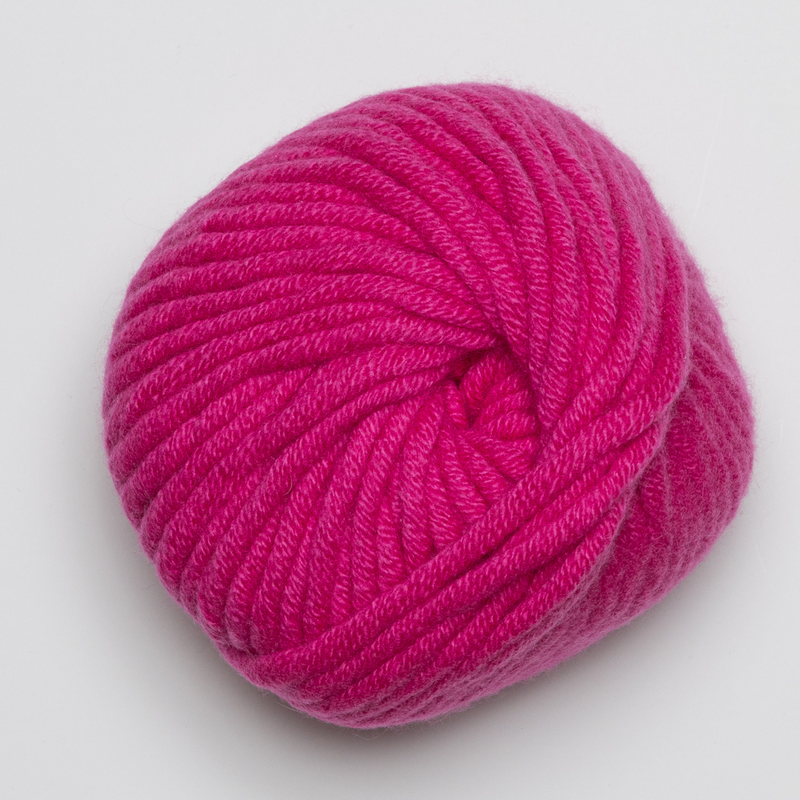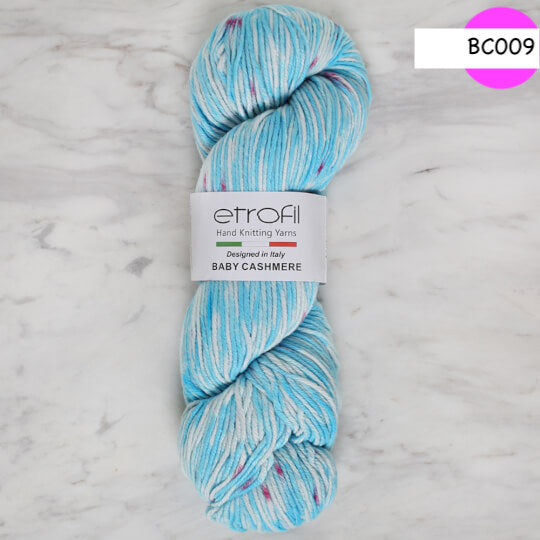The Exciting Process Behind Producing cashmere Fibre and Its Uses
The Exciting Process Behind Producing cashmere Fibre and Its Uses
Blog Article
Exploring the Various Kinds Of Cashmere an All-natural Fiber for Ultimate High-end
Cashmere, an all-natural fiber, is usually connected with luxury and comfort. The more budget-friendly Chinese cashmere, the traditional Scottish version, and the premium Italian mix, all inform a different story of this amazing fiber.
Recognizing the Extravagant Nature of Cashmere
Cashmere, commonly connected with deluxe and convenience, holds an unique attraction in the world of natural fibers. Unlike various other natural fibers, cashmere combines insulation with breathability, supplying unrivaled convenience across varying temperature levels. Its shiny surface and soft appearance add to its premium appeal, validating the premium cost that usually comes with cashmere garments.
Just What Is Cashmere and Where Does It Come From?

Given these outstanding qualities, one could wonder regarding the beginning and make-up of this extravagant fiber. Cashmere is stemmed from the soft undercoat of cashmere goats, largely found in Mongolia, China, Iran, and Afghanistan - is cashmere a natural fiber. These goats are adapted to severe weather problems, generating an exceptionally fine, soft underfur as a protection against the bitter cold. This underfur, or undercoat, is what is collected for cashmere. Each spring, when the goats naturally lost their wintertime layer, farmers comb the fine underhair, leaving the coarser hair behind. This careful procedure adds to the deficiency and high expense of cashmere. With its origin in the severe landscapes of Asia, cashmere is a testimony to nature's capacity to generate deluxe from adversity.
Decoding the Different Kinds Of Cashmere
Recognizing the various types of cashmere is key to valuing the high quality and special qualities of this glamorous fabric. Generally, cashmere is classified into three kinds: raw, virgin, and reused. Raw cashmere is directly gotten from the goat and is unprocessed. This kind commonly has impurities such as dirt and rugged hair. Virgin cashmere, on the various other hand, is the pure, unrecycled product that is rotated right into yarn for the very first time. It is the softest and most glamorous. Finally, recycled cashmere is made from virgin product that has actually been formerly made use of. It is re-spun and utilized in creating lower-cost cashmere products. Decoding these kinds is the initial step in recognizing the exclusivity and worth of cashmere.

The One-of-a-kind Attributes of Each Kind Of Cashmere
Having checked out the different groups of cashmere, it comes to be apparent that each kind boasts its distinct set of attributes. Mongolian cashmere, as an example, is renowned for its superior quality, as a result of Mongolia's severe wintertimes that create longer and finer fibers. On the other hand, Chinese cashmere is usually extra economical, though its much shorter fibers can reduce sturdiness. Scottish cashmere is commemorated for its elegant softness, an outcome of the conventional water washing procedure using Scotland's soft water. Italian cashmere, meanwhile, is more well-known for its skillful mixing and tinting methods, rendering it versatile and dynamic. Indian cashmere, additionally understood as Pashmina, is cherished for its extraordinary lightness and heat. Each type, hence, adds to the fabric's track record for luxury.
Why Cashmere Is the Embodiment of Deluxe in vogue
Cashmere holds a well-regarded setting in the world of style, regarded as a symbol of high-end and elegance. Its appeal is not simply in its soft qualities and heat, but likewise in its rarity and the precise process associated with its procurement. Cashmere is originated from the great undercoat of Himalayan goats, known for their remarkable high quality fiber. The deficiency of this fiber, combined with next the labor-intensive process of collection, adds to its high price and unique status. In addition, cashmere's unparalleled comfort and resilience make it a desired material in the development of premium garments. Its all-natural lightweight and protecting residential properties add to its charm, making it the epitome of deluxe in vogue.
The Process of Making Cashmere: From Goat to Garment
The trip of cashmere, from being an undercoat of a Himalayan goat to a luxurious garment, is an elaborate one. This mix is then fastidiously divided, with only the soft down utilized for cashmere. From goat to garment, each action is a testament to the creativity, skill and perseverance included in crafting cashmere.

Final Thought
In verdict, cashmere, with its natural elegance and exceptional comfort, preponderates in the globe of high-end fashion. The diversity in types, ranging from the soft Mongolian, lightweight Indian Pashmina, affordable Chinese, standard Scottish, to the colorful Italian, discloses the versatility of this all-natural fiber. The meticulous process of transforming it from a goat to a garment further adds to its Learn More exclusivity, making cashmere the epitome of sophistication and deluxe.
Cashmere, an all-natural fiber, is usually connected with high-end and convenience (is cashmere a natural fiber).Cashmere, commonly associated with high-end and convenience, holds an unique allure in the globe of all-natural fibers. Unlike other natural fibers, cashmere combines insulation with breathability, providing unparalleled comfort across varying temperatures. Cashmere is acquired from the soft undercoat of cashmere goats, largely found in Mongolia, China, Iran, and Afghanistan. Cashmere is obtained from the fine undercoat of Himalayan goats, understood for their superior top quality fiber
Report this page